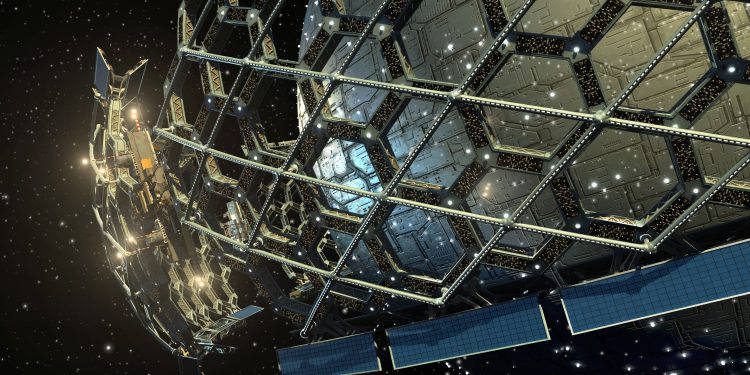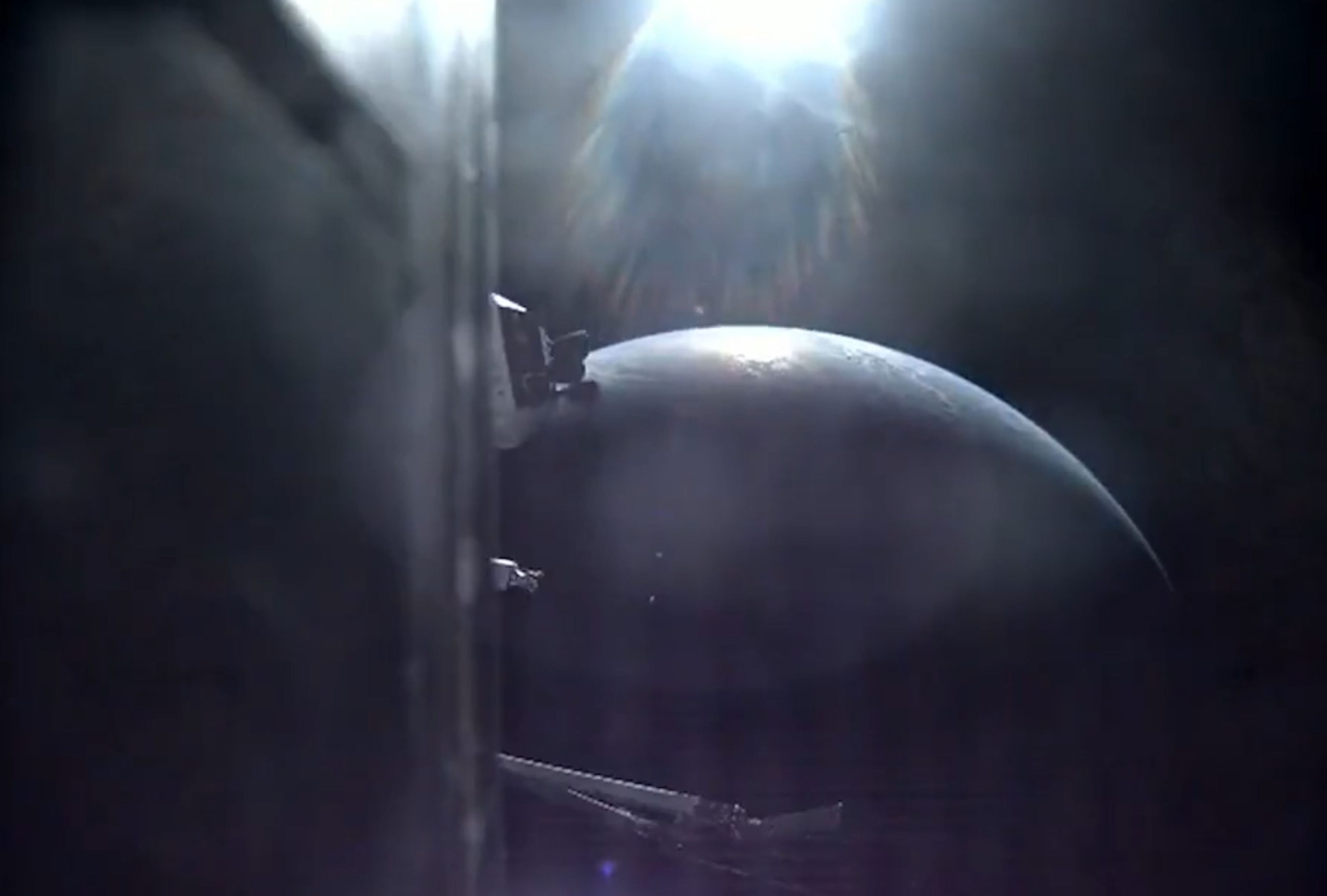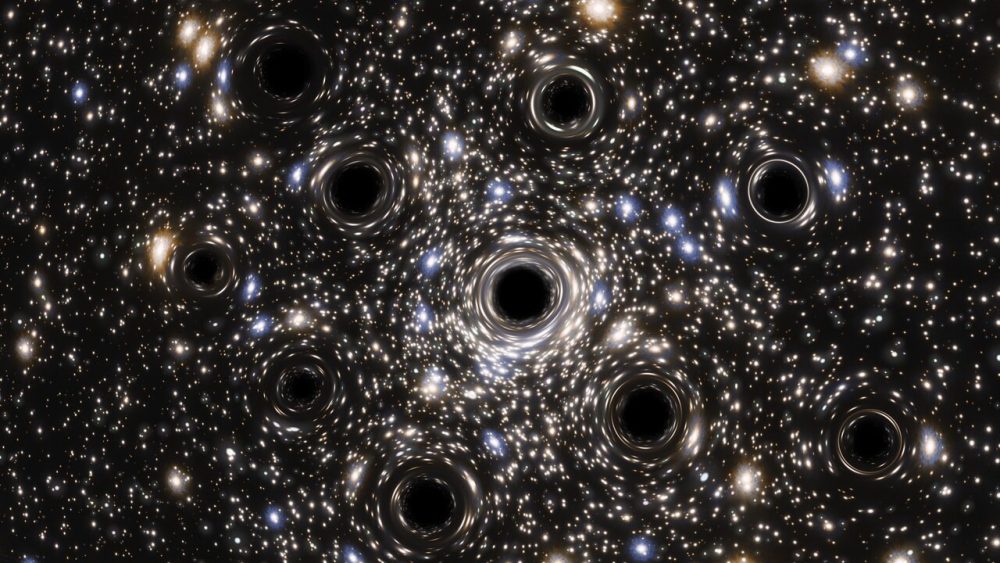A study published in the Astrophysical Journal might explain why alien civilizations have not contacted us. Researchers have concluded two likely scenarios are at play. One is optimistic, the other not so much.
On the optimistic side, there are over 40,000 intelligent alien civilizations in the Milky Way, and we would have to wait around 2,000 years before communicating with them.
The pessimistic scenario suggests there are a little over 100 intelligent alien civilizations, and we would have to wait for around 400,000 years before contact. Still, our civilization could likely go extinct before that happens.
Is there life elsewhere in the cosmos? Are we alone in the universe? Are we the most advanced species to exist in the universe? These are some of the questions millions of people around the world ask daily.
But scientists do too. Although some experts like Professor Avi Loeb have openly admitted the possibility that extraterrestrial civilizations have already visited us, no conclusive proof of such visitation is available to us.
Our most recent estimates tell us that there are around 100 million galaxies in the observable universe. However, this number could double as we update our technology and equipment to study the cosmos. As Carl Sagan once said, if we are truly alone in such a vast universe, then it sure seems like an awful waste of space.
Based on the latest astrophysical information, scientists Wenjie Song and He Gao carried out a series of simulations to estimate the number of possible communicating extraterrestrial intelligent civilizations (CETIs) existing in the Milky Way Galaxy and the contact probability among them.
The results are greatly influenced by two poorly known parameters. In the first metric, the probability of life appearing on terrestrial planets and eventually evolving into CETIs is assessed (fc), and in the second metric, the stage at which CETIs might be born (F).
The good and the bad
The results offer two scenarios; optimistic and pessimistic. According to the researchers, in an optimistic scenario, humankind needs to wait at least 2,000 years to be contacted by an intelligent extraterrestrial civilization.
In the pessimistic scenario, communicating with aliens is nowhere near, and it might take between 0.4 to 300 million years before we hear from our cosmic neighbors.
Researchers estimated that a star had to be at least 25 percent into its lifetime for a CETI to form in the optimistic scenario. In addition, each planet in a solar system had a 0.1 percent chance of producing a CETI. In this scenario, the Milky Way contains 42,000 CETIs. This led to the conclusion that humans would have to wait around 2,000 years before making contact with aliens.
For each terrestrial planet, there was only a 0.001 percent chance of a CETI appearing under the pessimistic scenario, where a star would need to be 75 percent of its lifespan before a CETI could emerge.
The pessimistic scenario resulted in only 111 CETIs existing in the Milky Way. This means that for aliens to get in touch with humans, we would have to wait around 400,000 years.
As per the conclusions of the study, which was published in the Astrophysical Journal, the pessimistic scenario is probably the most like because humanity could go extinct within the next 400,000 years due to various factors such as population issues, nuclear war, climate change, comets, and ecological changes.
In 2020, a group of researchers from the University of Nottingham conducted a similar study. They concluded that the Milky Way galaxy is home to at least 36 intelligent alien civilizations that can communicate with us.
Join the discussion and participate in awesome giveaways in our mobile Telegram group. Join Curiosmos on Telegram Today. t.me/Curiosmos











